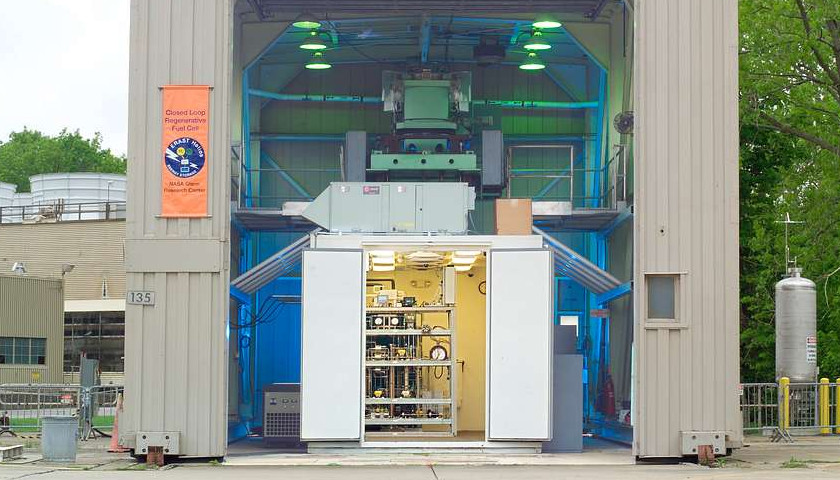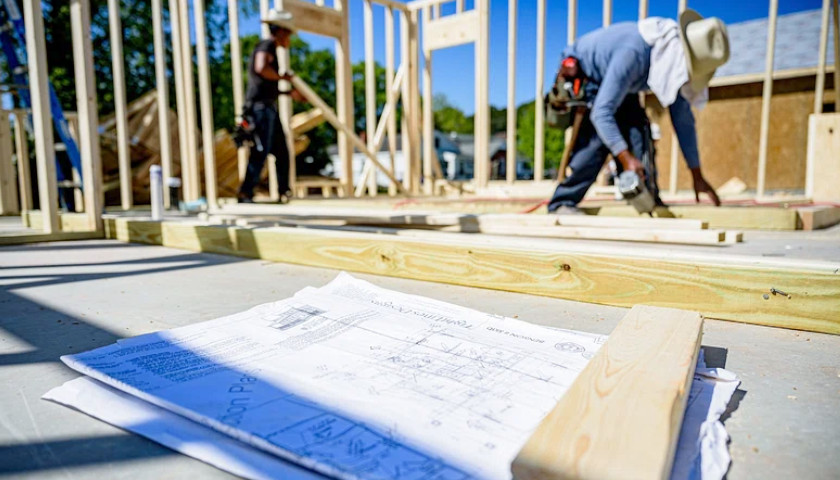by Neil Chatterjee
In 1932, Americans were doggedly trudging through year three of the Great Depression when a candidate for president spoke of “the human importance of electric power in our present social order … It lights our homes, our places of work and our streets. It turns the wheels of most of our transportation and our factories. In our homes it serves not only for light, but it can become the willing servant of the family in countless ways … Electricity is no longer a luxury,” he declared. “It is a definite necessity.”
Ninety years later, our national quest to provide the “necessity” that Franklin Roosevelt mentioned remains inexplicably out of reach. Simply put, the United States is facing an uncertain future where power shortages threaten our economy. In one fast-growing industry alone, data centers, the consumption of electricity is expected to double by the end of this decade. Adding to the demand is the rise in temperatures and storm severity in many parts of the country, threatening people’s final refuge when the weather is too hot or too cold. At the heart of the problem are longstanding impediments to scaling up electricity transmission and distribution so power can more easily flow from one region to another. And of course, watching this unfold are nervous politicians who speak with increasing alarm of “grid reliability” and who fear having to explain why an investor chose to go elsewhere, or why their voters have no air conditioning in August.
The good news is we have an answer: fuel cells. Simply put, fuel cells are like standalone power plants that, when clustered together, can create a range of power from a few hundred kilowatts to many tens of megawatts – enough to power several large industrial complexes or residential neighborhoods without needing transmission and distribution. Fuel cells operate by producing a noncombustible chemical conversion that creates clean electricity from a variety of natural fuels. The same underlying technology can also create clean hydrogen from renewable electricity.
One of the great benefits of fuel cells is that they do not require transmission lines. They generally produce power on-site, right where it’s consumed, offering increased electrical reliability and improved energy security. This kind of distributed power generation (i.e., non-centralized) allows the end user to rest assured, knowing they have dodged the pitfalls of conventional transmission and distribution lines and that they are usually insulated from power outages and violent storms.
When given access to the local grid, fuel cells can also provide power when public utilities are unexpectedly hit with an emergency. In this way, fuel cells serve a valuable community function by strengthening the power system, adding certainty to local businesses, and most critically, delivering resilient power to homeowners. Essential service providers like hospitals can continue to perform life-saving procedures uninterrupted with the power of fuel cells, which operate without noise and create no air pollution.
In addition to reliability, fuel cells also carry significant environmental benefits. Generating electricity without combustion, many fuel cells process natural gas, biogas, and hydrogen far more efficiently than traditional sources of electricity. And when performing a full life-cycle analysis, fuel cells can produce electricity with fewer carbon emissions than other sources of clean energy. Independent studies have shown that switching from traditional sources of electricity to fuel cells produces a substantial reduction in carbon emissions, helping us reach decarbonization goals faster.
Perhaps most critically, fuel cells provide a vital layer of national security. Since World War I, militaries have targeted power generation systems – believing the denial of energy can cripple an enemy’s ability to wage war. Allied bombing of Nazi Germany’s fuel plants was so successful that Hitler’s army had to enlist oxen to transport arms to the front lines. Modern technology has also introduced the threat of cyberattacks, negating the need for planes, bombs, and other conventional weapons. A quick glance at today’s headlines tells us that eliminating energy supplies remains a threat to U.S. allies. Again, fuel cells’ distributed power generation means there is no one central source providing power to several critical manufacturing facilities. And while long and elevated transmission lines have always been an easy target for bombers, fuel cells are often located next to the end-user, transmitting energy underground.
Today’s public tug-of-war over grid reliability is an unnecessary bare-knuckle exchange pitting those prioritizing economic growth and job creation against environmentalists focusing on carbon emissions. Fuel cells can provide the energy the U.S. and its allies need to adequately fuel the industries of tomorrow, bolster defense against attacks, and put the world on a path toward a carbon-free future. The solution is here. The question is whether elected leaders will enact policies that deliver the “definite necessity” that Franklin Roosevelt spoke about: the electric reliability that Americans deserve.
– – –
Neil Chatterjee is a lawyer and former member of the Federal Energy Regulatory Commission. He has also been an energy advisor to Senate Minority Leader Mitch McConnell.





